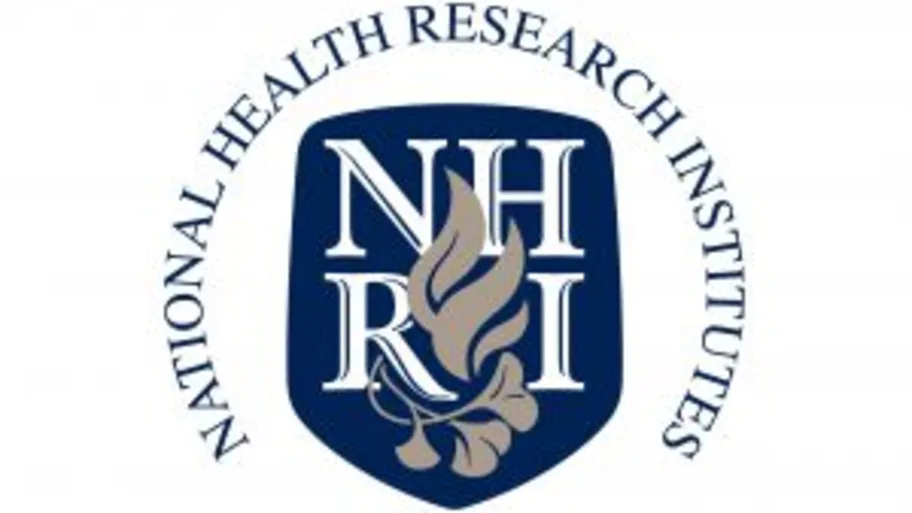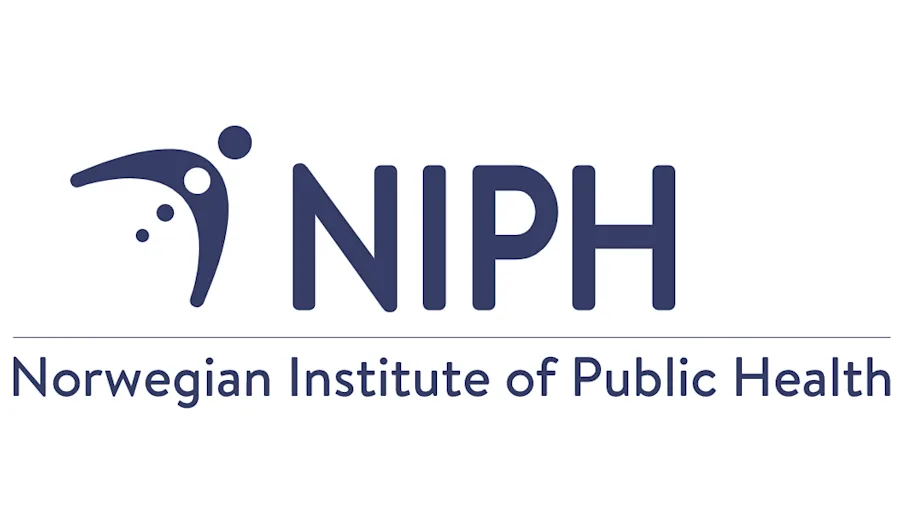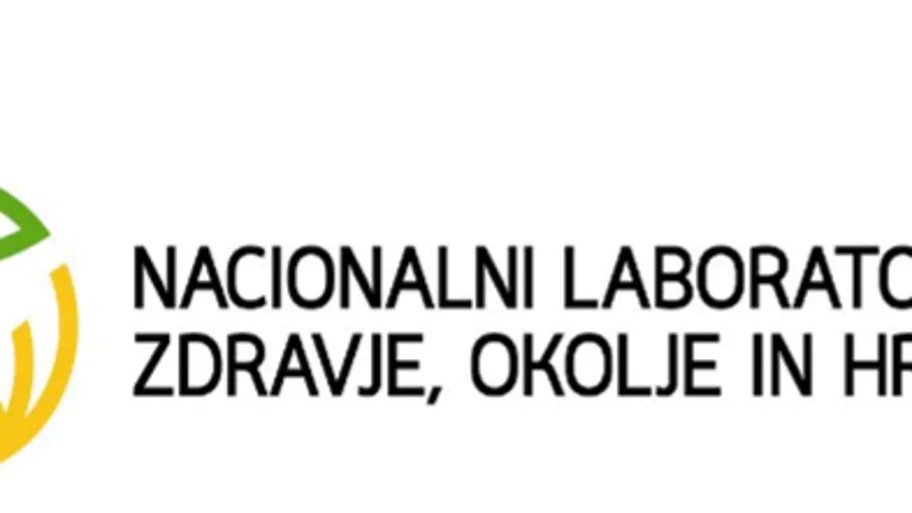
- Science news
- Featured news
- Frontiers responds to the US National Institutes of Health’s call on public access to science
Frontiers responds to the US National Institutes of Health’s call on public access to science
The National Institutes of Health, the foremost federal agency for medical research in the US and the world's biggest public funder of biomedical and behavioral research, has launched a call for information to improve public access to the findings of its supported research.

A summary of our response
We support a scalable, cost efficient, transparent publishing model that delivers public value for money, and we think Gold Open Access publishing is the most effective way of securing that outcome.
Green Open Access publishing removes some barriers and does not perpetuate inequity, but we think lifting its standards for discoverability and sharing Green open access files widely will prove too great a cost to the taxpayer.
We welcome the chance to respond to this important request for information from the National Institutes of Health (NIH). Frontiers is a leading research publisher and open science platform. It is the third most-cited and sixth largest in the world. The science we publish is peer-reviewed, globally shared, and free to read.
Our mission is to make all science open – so that we can collaborate better and innovate faster, for fairer and more equitable outcomes in all parts of society. That is our social purpose as a business.
So, we fully support the August 2022 OSTP (Office of Science and Technology Policy) guidelines. We strongly welcomed them at the time. And we think the NIH has posed critical questions in this request for information, not least about the findability and transparency of research.
As a Gold Open Access (OA) publisher, we have made thousands of peer-reviewed articles available online immediately, without embargo. Our starting point – and end point – is ease of discovery.
We face global, existential threats. From health emergencies to climate change, we see and feel them now. We can manage and reverse these threats, to live healthy lives on a healthy planet. But that will require political will, global collaboration, and scientific breakthrough at a scale not yet seen.
On all those counts, success will depend on the widespread sharing of the latest scientific knowledge. All of it. We think scale matters. Tackling these threats will require more than incremental change. Good research published at scale and shared globally, with machine readability across large volumes of information, will accelerate scientific discovery and grow our chances of success.
In simple terms, an article that cannot be found, cannot be shared, and cannot be cited also cannot spur collaboration and breakthrough. Publishing in a Gold OA journal unlocks discoverability. The articles and underlying data are transferred to a repository such as PubMed Central or stored in commercial or other non-profit databases. The metadata come in XML files and other machine-readable formats to meet FAIR data standards of findability, accessibility, interoperability, and reuse. And that data includes persistent identifiers (PIDs) such as that of ORCID for author identification, a Digital Object Identifier (DOI) for the article itself, and tags to the relevant grant funding or research institution.
The new federal guidelines seek public access but do not specify delivery models. We agree that openly accessible science can – and should – be delivered by more than one publishing model. We welcome competition if it spurs innovation and the amount of rigorous science accessible to all.
But in judging those delivery models, federal agencies must make a robust and transparent assessment to compare them for efficiency, scalability, and public value for money – guided by the objective of discoverability that underpins public access.
For example, public access known as “Green Open Access (Green OA)” clearly removes some barriers and does not create or perpetuate inequity. But the mechanisms for finding, reading, and sharing Green OA files vary widely. Substantial new funding will be required just to bring that variance down and lift standards for discoverability, with new investment in infrastructure for metadata enrichment. Those institutions unable to fund that investment are likely to face the continued cost pressure of paywall subscriptions that might only minimally ease search and discovery.
So, it is vital that the funding of public access is as efficient, scalable, and as good a value for money as possible, and in our view, Gold OA publishing is the most effective way of securing that outcome. It offers a simple, transparent, and competitive way to unlock the benefits of fully accessible science and does so more effectively than the Green OA option.
As such we believe that the NIH, if it chooses to allow for compliance through either a Green OA or Gold OA model, should express a preference for compliance through Gold OA.
We think it is possible to achieve the fullest possible access to our collective knowledge – for fairer outcomes in all parts of society – in a business model that is cost-effective, commercially sustainable, and underpinned by private sector innovation. That is possible only in a Gold OA model.
We stand ready to support the NIH and its partners in the federal government. It is vital we back this effort for open science and meet the public appetite for accountability, transparency, and trust.
Read our full response here:






